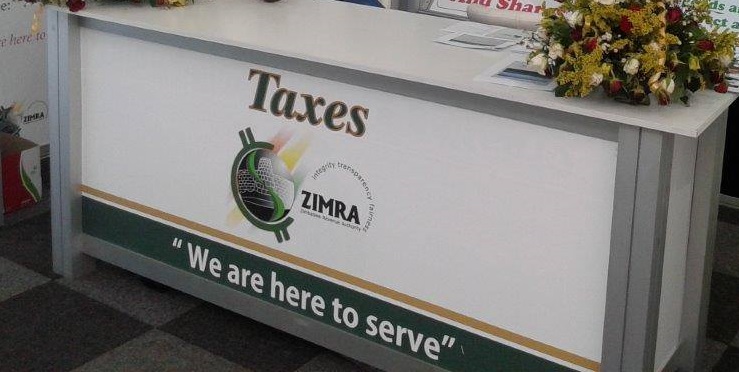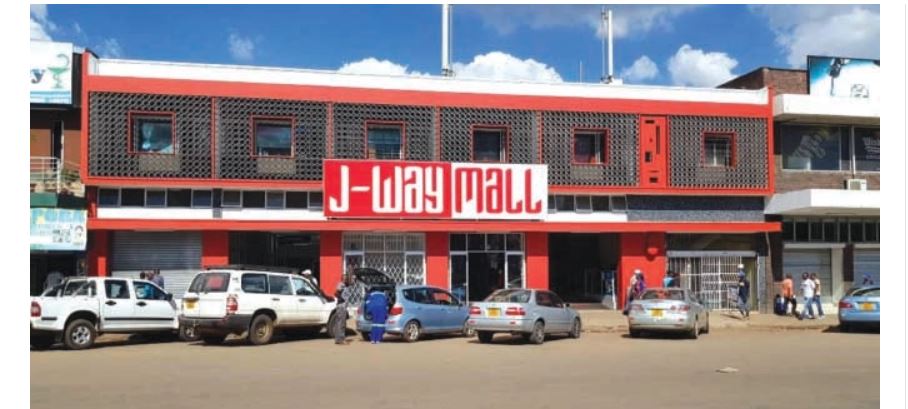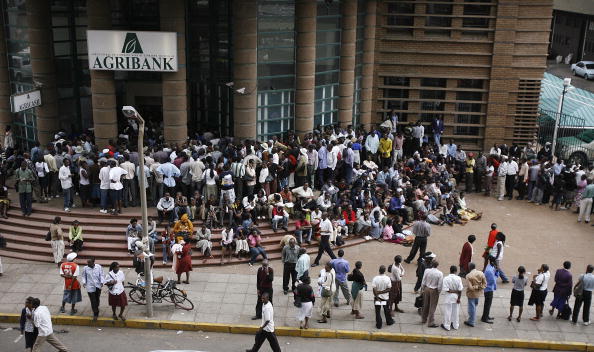The Agricultural Bank of Zimbabwe (Agribank) has unveiled $70 million earmarked to stimulate export trade and horticulture production.
Agribank public relations manager Olam Marufu told the businessdaily yesterday that the new loan facilities - made up of a $50 million export facility as well as $10 million facilities for horticulture and business linkages - were part of the financial institution's strategy to stimulate production in the economy.
"Agribank is actively promoting horticulture production by availing appropriately priced financing for horticulture producers," he said adding that the $10 million horticulture loans attract 10 percent interest rate with a tenor of up to 12 months for working capital and up to 36 months for capital expenditure.
The agriculture-focused bank unveiled the loan facilities in partnership with the Reserve Bank of Zimbabwe.
Marufu noted that the horticulture facility was targeted at enhancing production of mostly export crops in an effort to improve foreign currency earnings culminating in the growth of the country's economy.
Horticulture products that are eligible for financing include peas, sugar snaps, beans, onions, potatoes, carrots, cherry tomatoes, mushroom and butternuts, baby marrow, gem squash, paprika and chillies among others.
Zimbabwe used to have a vibrant horticulture industry, which at its peak earned the country $143 million in 1999, but was decimated by the chaotic land reform exercise at the turn of the millennium.
Since then, the sector's contribution to the economy has significantly declined to an all-year low of $21,3 million in 2014.
Agriculture experts, however, said with the right policies and adequate funding, the sector can be revived and contribute significantly to economic growth.
Official statistics show that at its peak, Zimbabwe exported about 85 percent of its flowers to the Netherlands while about 90 percent of the total fresh vegetables landed in Britain, South Africa, Zambia and Namibia and 80 percent of fruits were consumed by British and South African markets.
Roses produced in Banket, Trelawney, Concession, Glendale, Bindura, Harare, Goromonzi and Kwekwe constituted 70 percent of cut-flower exports from Zimbabwe.
Other flowers grown and exported include proteas, asters and chrysanthemums. Annual varieties produced in large volumes include ammi majus and buplearum.
Smaller volumes of delphinium, carthamus, craspedia, euphorbia, callistephus and molucella were also produced.
Today, the country imports the same temperate fruits such as apples, pears, plum, peach apricots, nectarine and grape from South Africa.
A recent report from ZimTrade revealed that challenges in the horticulture sector include power outages which grossly affect fresh produce exports because they require certain temperatures to be maintained and also affect irrigation of the crops.
Labour shortages in the sector, compounded by low wages have affected production because most farm workers are opting for gold/diamond panning as a source of livelihood.
The highly technical and labour-intensive enterprise requires very high start-up costs especially for new farmers - infrastructure like greenhouses, cold rooms and working capital - of which many farmers cannot afford as the whole agricultural industry requires massive investment in infrastructure and support from the banking sector.
Dilapidated irrigation infrastructure and stringent phyto-sanitary demands or measures on quality, food safety and hygiene especially from Europe have also led to the collapse of the sector.
- dailynews
 Zimra imposes US$2m penalty on OK Zimbabwe
Zimra imposes US$2m penalty on OK Zimbabwe  South Africa ripe for a coup
South Africa ripe for a coup  India dumps US Treasury bills
India dumps US Treasury bills  Zimbabwe's dollar stock exchange surges 45%
Zimbabwe's dollar stock exchange surges 45%  Gold edges up as traders await guidance
Gold edges up as traders await guidance  fastjet introduces Bulawayo-Victoria Falls flights
fastjet introduces Bulawayo-Victoria Falls flights  Young Investment Professional (YIP) Graduate Programme 2019
Young Investment Professional (YIP) Graduate Programme 2019 











 Young Investment Professional (YIP) Graduate Programme 2019
Young Investment Professional (YIP) Graduate Programme 2019
Editor's Pick